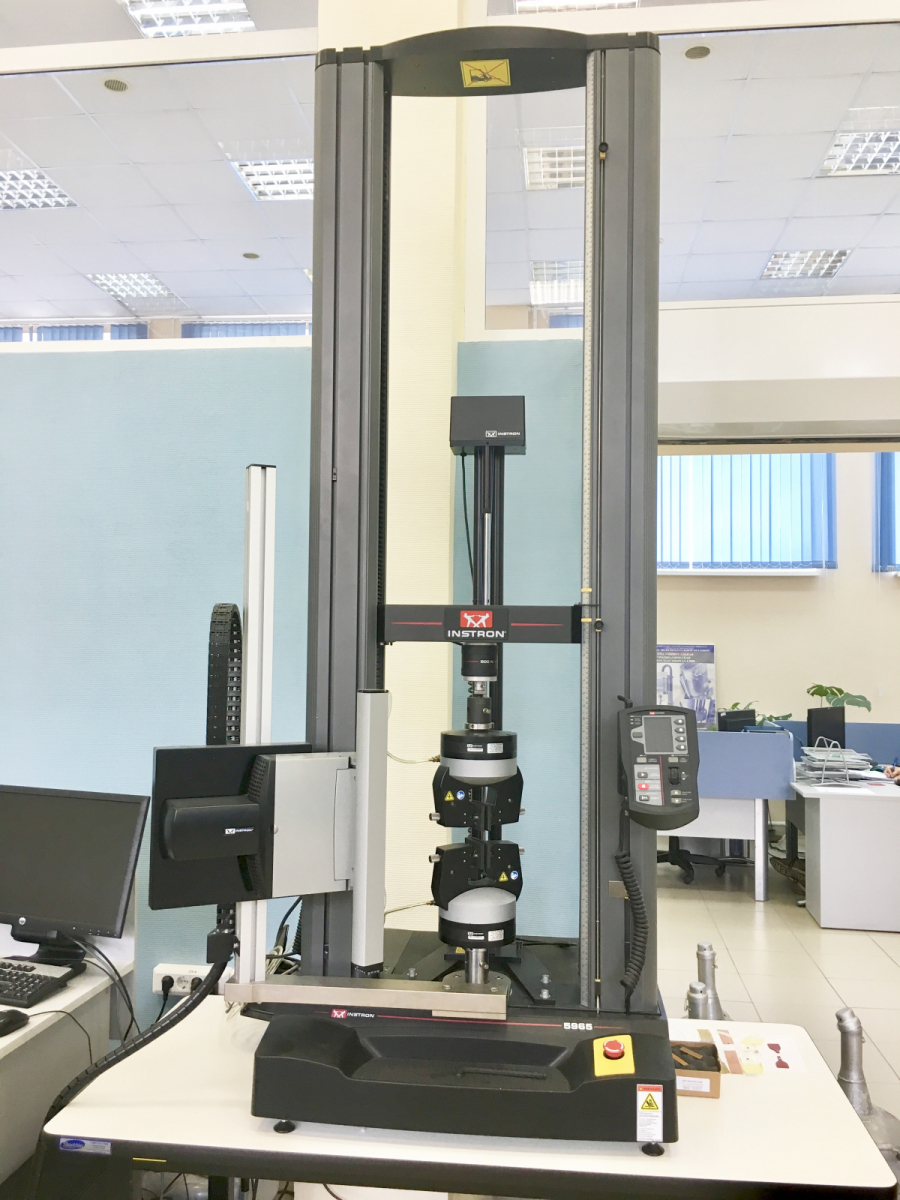Perm Tech researchers studied the question concerning the temperature influence on the behavior of modern composites. The technology will strengthen the materials from which critical structures for industry are created. The study is useful in the manufacture of aircraft engines, engineering and the oil and gas industry.
The results were published in the following journals: IOP Conference Series Materials Science and Engineering, Procedia Structural Integrity (1, 2) and Mechanics of Composite Materials (in print). The study was conducted due to the grant from the Russian Science Foundation.
To create products from polymer composites, it is necessary to analyze how they are affected by high and low temperature. This is important for studying their mechanical properties and fracture mechanisms. Special attention is paid on how the strength and elasticity of materials are changed when there is exposure to temperature. Measuring and testing equipment of the Perm Tech Experimental Mechanics Center was used to help in diagnosing and controlling the processes. This allowed to conduct experiments and find out how temperature affects the behavior, strength and stiffness of polymer composites.
Scientists analyzed how damages are accumulated in modern composite materials when exposing it to the temperature. The method by which experimental research is more efficient were identified. There were used simultaneously both the ElectroPuls E10000 test system and the AMSY-6 acoustic emission signal recording system.
Researchers conducted tensile and shear tests on composite layers. To determine the strength and elasticity limits of the carbon fiber reinforced plastic and fiberglass, there were studied how normal (+ 22º C) and elevated (+ 200º C) temperatures affect them. This made it possible to find out at what temperature the materials are becoming less rigid and lose strength.
Using equipment, scientists also obtained new data on the destruction of the composite, depending on the characteristics of its structure and type of exposure. Researchers studied the microstructure of fiberglass and carbon fiber before and after the tests. They found that reducing the stiffness and volume of the material change its “behavior” and affect the destruction. It also depends on the time of exposure to the material. The results recorded by the equipment and the microstructure data of the composite showed that temperature affects the fracture mechanism.
Based on the new data, there were developed best practices that will help to improve the structure of composite materials, and to select their components and technological modes more effectively. This is important in order to improve centerlining.






